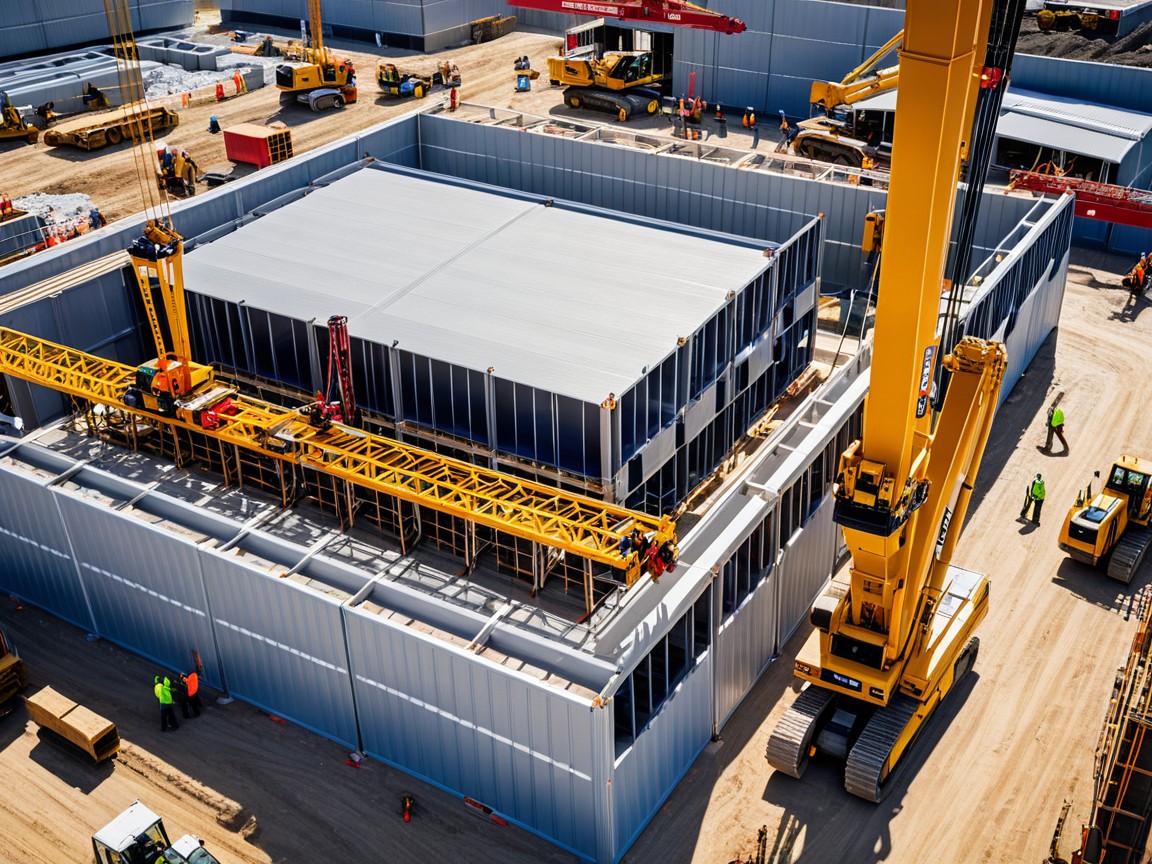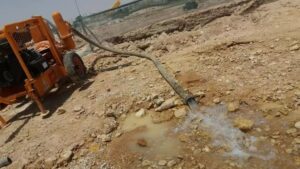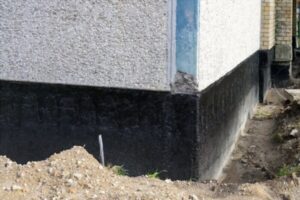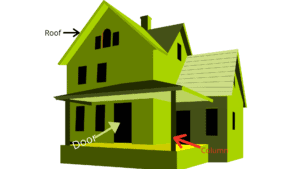Building is evolving fast. This post explains a modern way of modular construction. We will look at its meaning, how it works, benefits, challenges, and what lies ahead.
Introduction
Modular construction method builds parts of a building off site. In factories, teams make whole sections of a building. Later, these parts are moved and put together on location. It differs from the usual process. In traditional methods, all work happens at the building site. The idea began in the mid-1900s and has grown with new technology. Over time, the industry has embraced better quality and faster work.
Relevance Today
Many builders now choose this method. They see the value in faster build times and lower costs. It also helps the environment. The process cuts down on waste and energy use. With the need for sustainable building, this way of working stands out. Developers and governments alike now support these methods.
How the Modular Construction Works
Off-Site Manufacturing
Work starts in a factory. Skilled workers build complete sections in a controlled space. The factory setting keeps work safe and precise. Machines and trained staff ensure every part is made to high standards. This controlled process leads to better quality and fewer errors.
Transportation & Assembly
Once the sections are ready, they travel to the building site. Trucks and special transport carry these large pieces safely. At the site, crews fit them together like a puzzle. The assembly is fast and efficient. This system means that on-site work and factory work occur at the same time. Fewer delays mean the project moves ahead quickly.
Modular Construction vs Traditional Construction
Traditional building happens on one site. It follows a step-by-step process. Here, work waits for one phase to finish before starting the next. In the modular construction method, work occurs in parallel. While parts are built in the factory, the site can be prepared at the same time. This overlap saves time and helps meet deadlines faster.
Read Also: What is Construction systems for roofs? Most common todays
Benefits of Modular Construction
Speed & Efficiency
Projects finish much faster. Factory work and site work happen at the same time. Workers in the factory make parts quickly in a controlled setting. On-site teams focus on putting pieces together. This dual process cuts down project timelines.
Cost-Effectiveness
The process helps reduce labor costs. Factories lower the need for extra hands on site. It also reduces waste. Buying materials in bulk saves money. Fewer delays and better quality lead to lower overall costs. Many developers choose this method for its clear economic benefits.
Sustainability & Reduced Waste
Factories use materials more wisely. The process creates less waste. There is less scrap and fewer mistakes. Energy use is optimized through modern techniques. Studies show improved energy performance in finished buildings. The method also supports green practices by cutting down on landfill waste and reducing emissions during construction.
Flexibility & Scalability
Designs can change with ease. Builders can add or adjust sections as needed. The system works for both temporary structures and permanent buildings. It fits well with projects that need to expand later. This flexible approach meets many building needs without a full redesign.
Challenges in Modular Construction
Financing & Initial Investment
The method may need a higher upfront cost. Factories and transport require investment. Different financing models exist to manage these costs. Developers must plan for initial spending before seeing long-term savings.
Logistics & Transportation
Transporting large pieces is not always simple. The pieces are big and need careful handling. Roads and delivery routes must suit oversized loads. Extra planning ensures the pieces reach the site intact. Without proper logistics, delays or damage can occur.
Regulatory & Code Hurdles
Local rules vary greatly. Each area has its own building codes and permit processes. Meeting these standards can slow down a project. Builders must work closely with local authorities. Changes in regulation can require updates to plans or methods.
Market Perception
Many people still doubt the quality of factory-built methods. Myths about durability and design persist. Some think the work is low quality or temporary. Education and success stories help change this view. As more projects show great results, acceptance grows in the industry.
Future Trends & Innovations
Technological Advancements
Technology will push this method forward. Digital tools such as Building Information Modeling (BIM) help plan every detail. Automation makes production more precise and faster. New, sustainable materials are in development. These advances promise better quality and even lower waste.
Regulatory Reforms
Policy makers are looking at ways to ease construction rules. Updates to local and national codes can speed up project approvals. Simplified permitting and clearer guidelines support faster work. As rules change, more builders will find it easier to adopt this method.
Market Growth Predictions
Experts see a strong future for this approach. Demand is rising among developers and governments. Forecasts suggest steady growth in many regions. Success in early projects paves the way for more widespread use. Growth in this area promises a new standard for building.
Conclusion
We covered many points. We defined a modern way of building. We explained how sections are built off site and then assembled. We also saw the clear benefits—speed, lower costs, less waste, and flexibility. Challenges remain in finance, logistics, and meeting diverse regulations.
This modern building method could change the future of construction. Its benefits stand strong against its challenges. As technology and rules improve, we may see even more growth and success. The method has the potential to shape a smarter, greener future for building.




